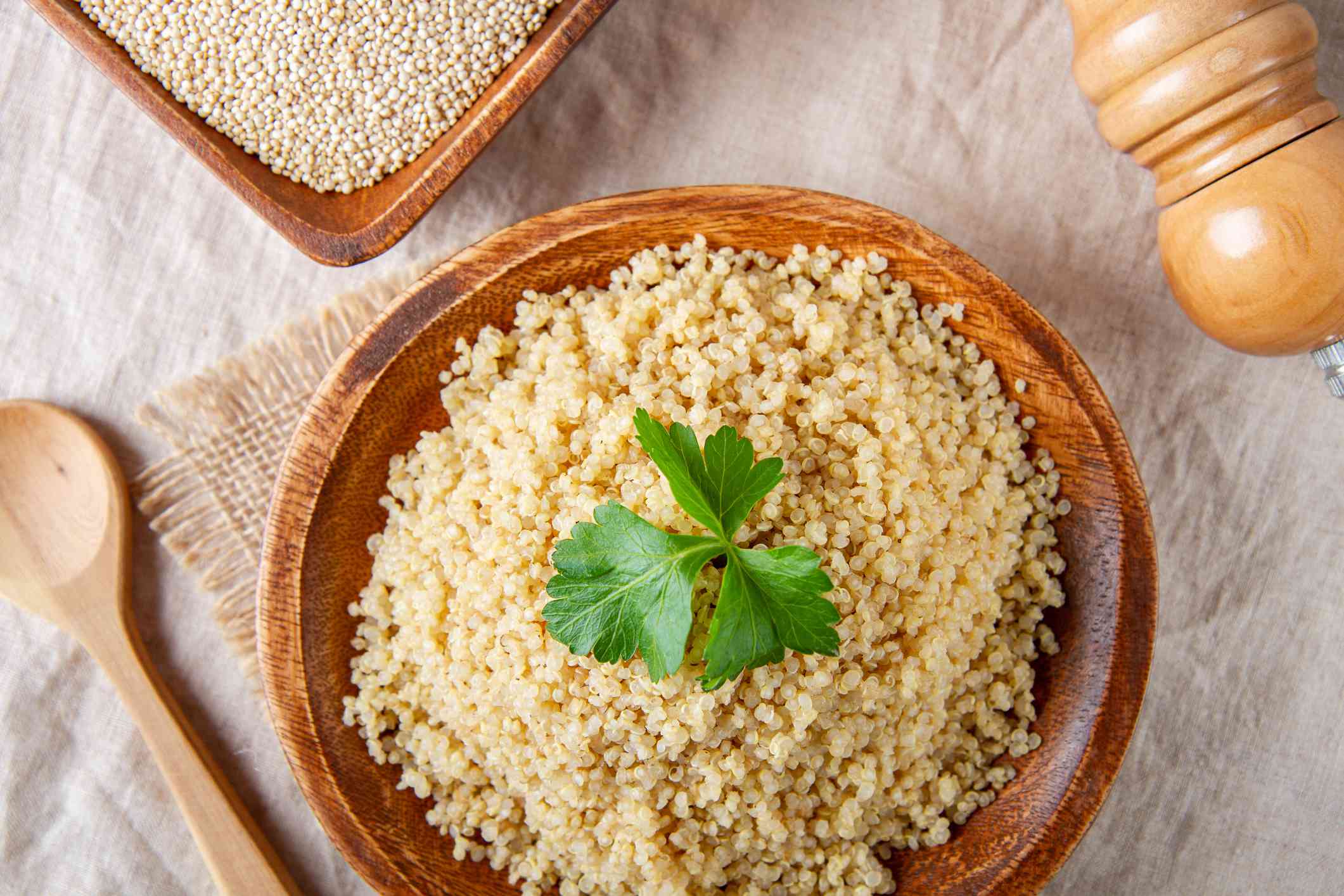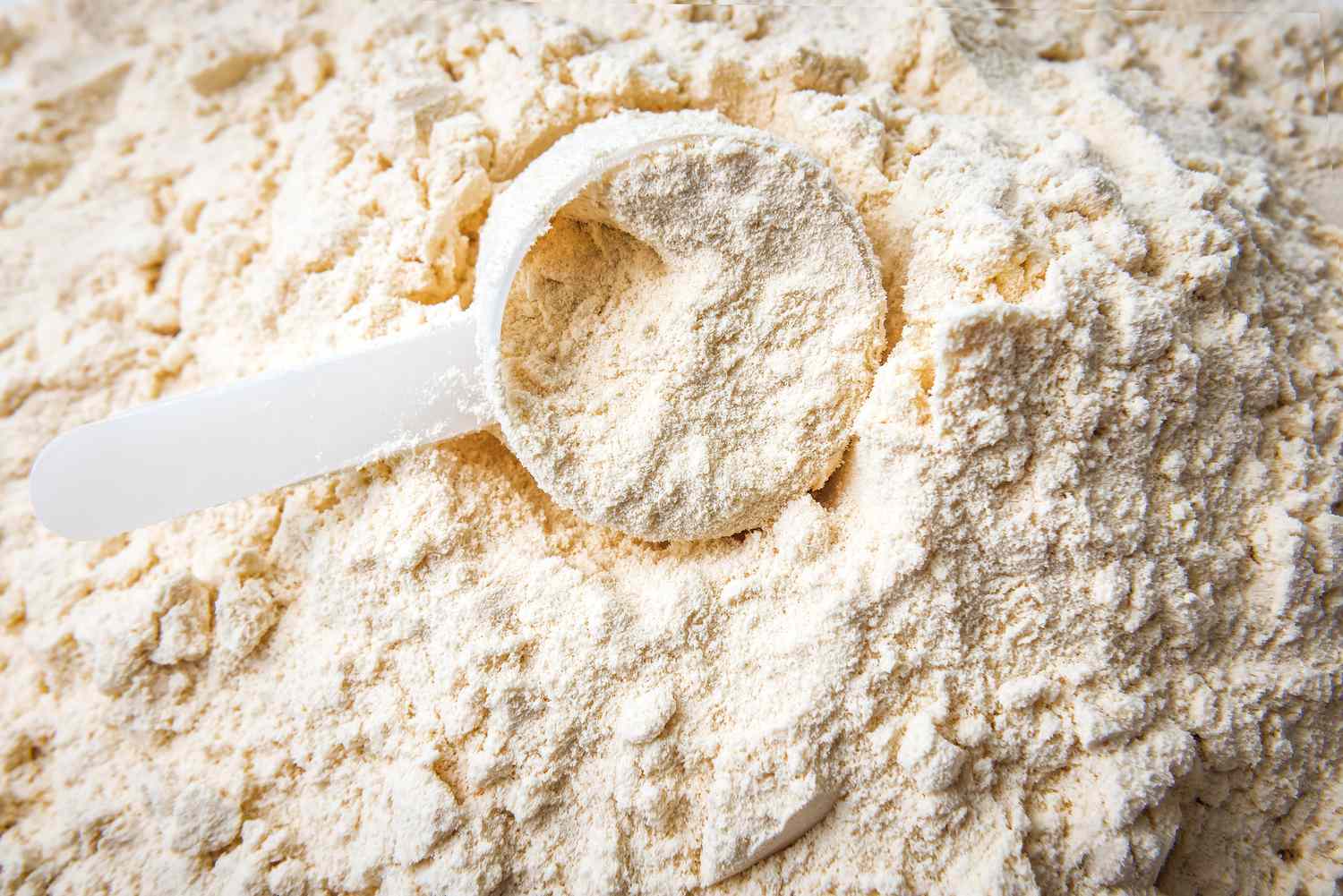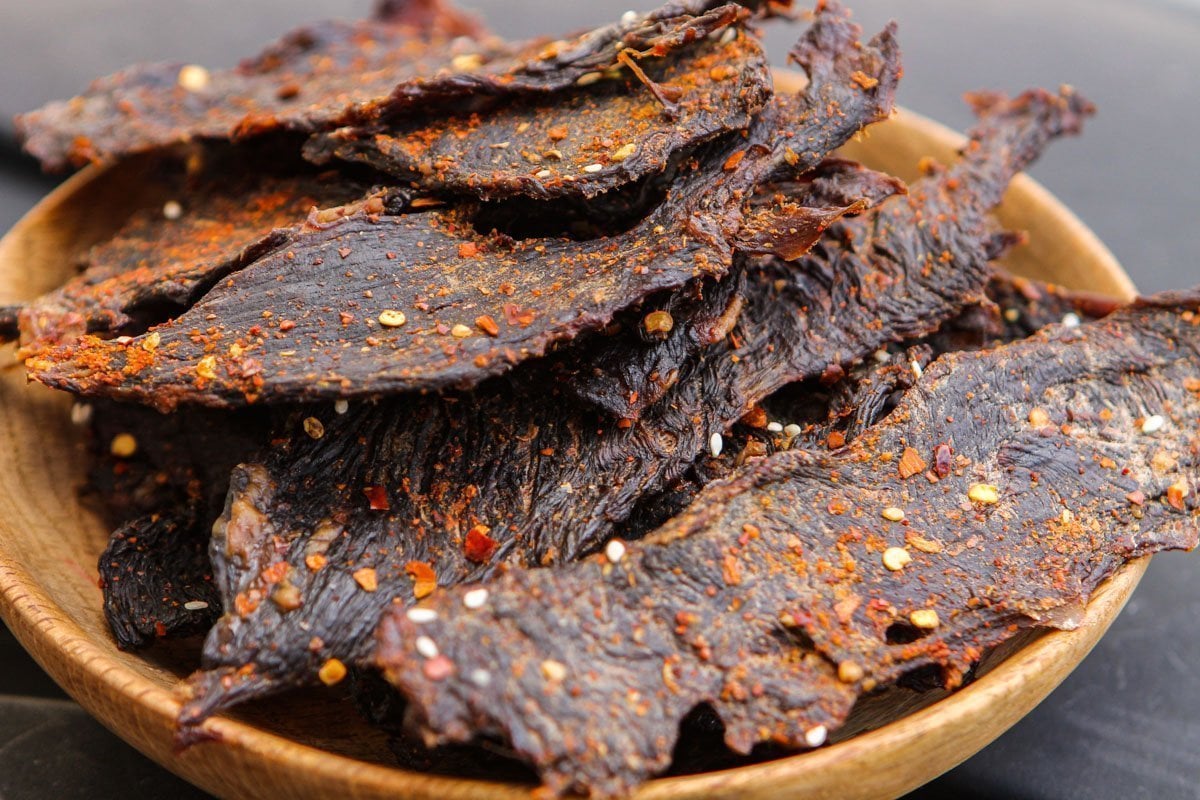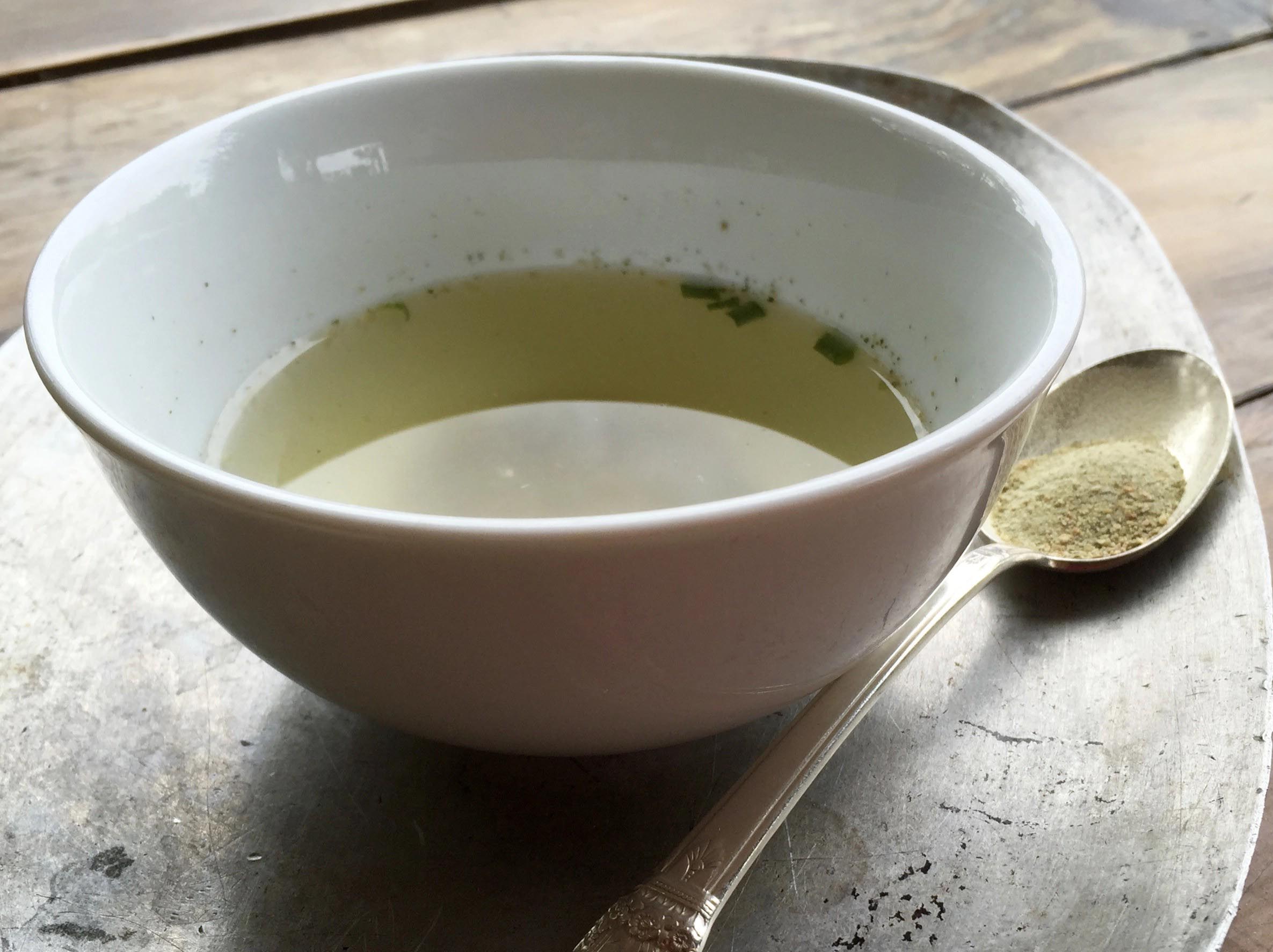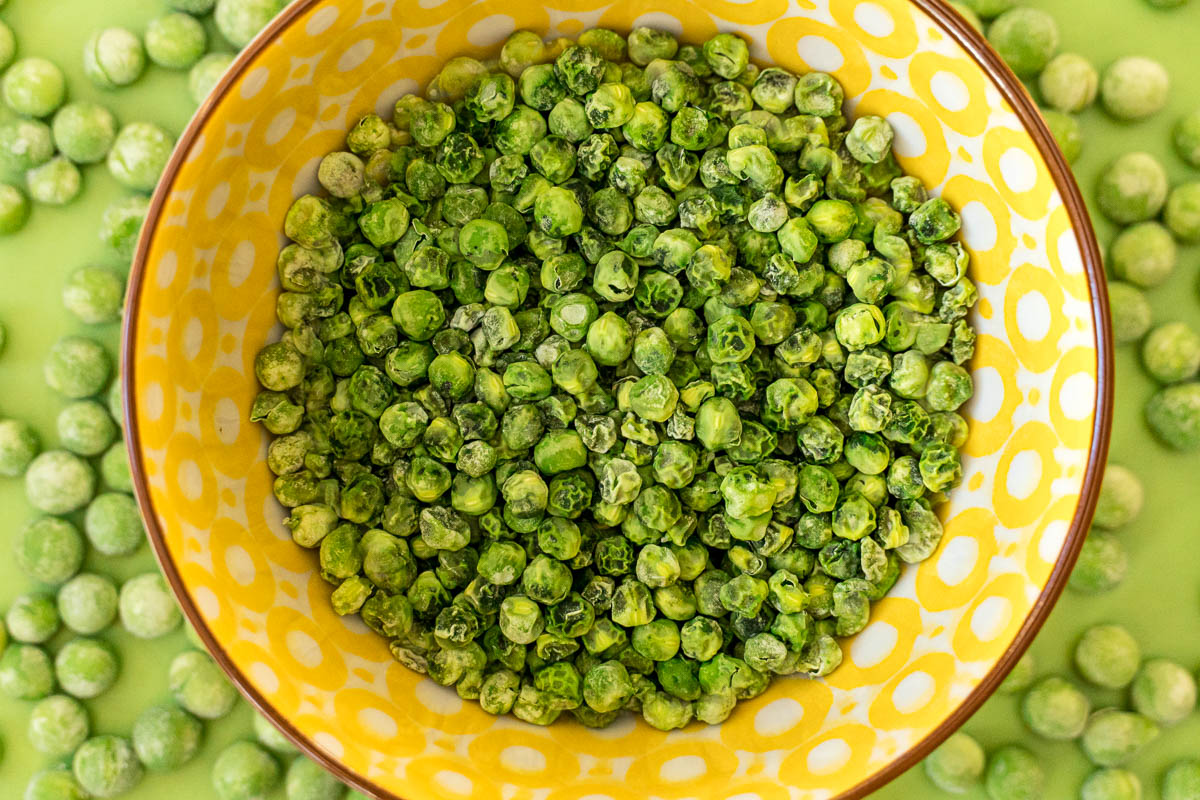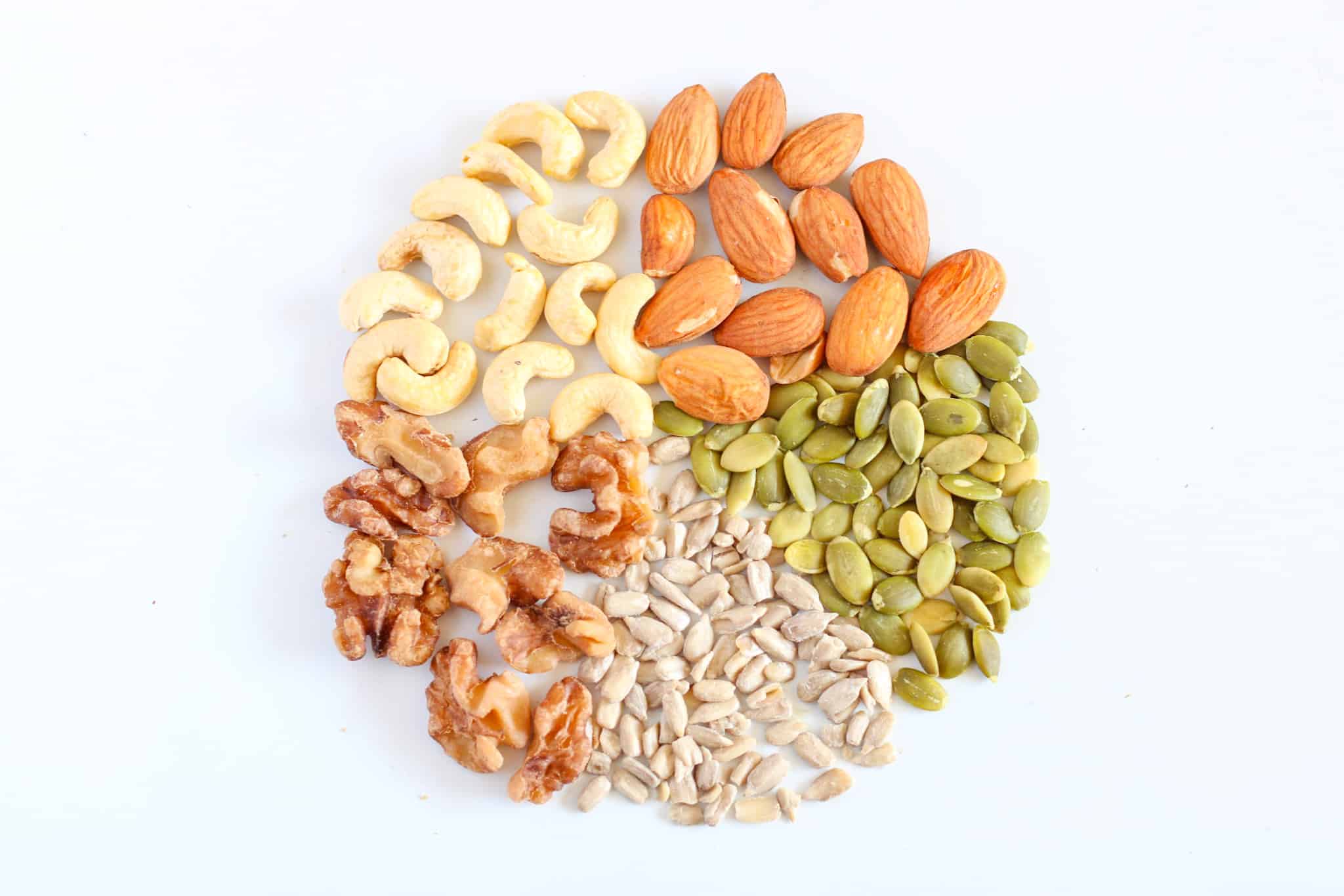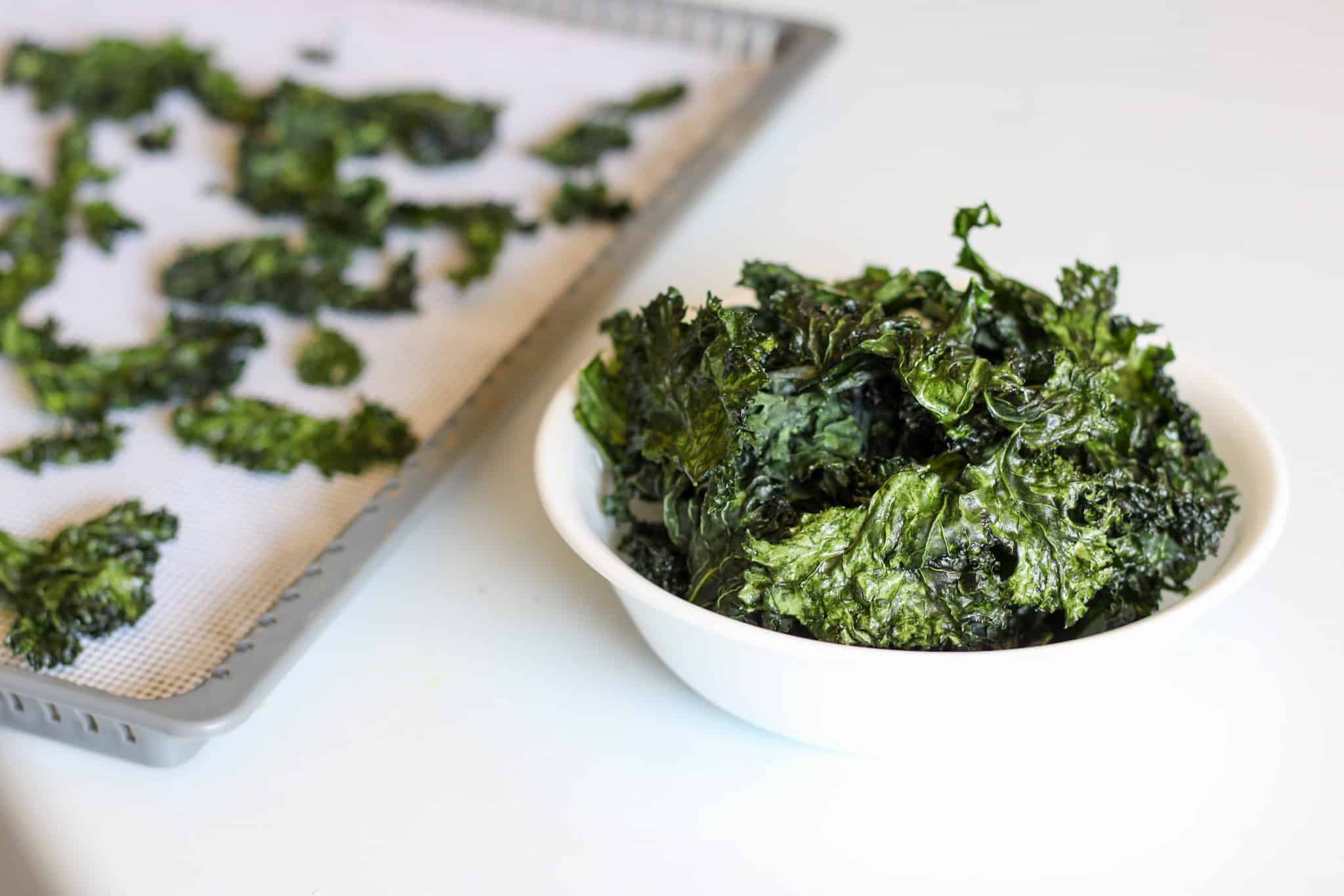Preserving Fresh Parsley: A Guide to Dehydrating
Are you looking for a way to make your fresh parsley last longer? Dehydrating parsley is a great way to preserve its flavor and nutrients for future use. Whether you have an abundance of parsley from your garden or you simply want to take advantage of a sale at the grocery store, dehydrating parsley is a simple and effective method of preservation. In this guide, we’ll walk you through the steps to dehydrate parsley so you can enjoy its vibrant flavor all year round.
Why Dehydrate Parsley?
Dehydrating parsley offers several benefits, including:
- Extended Shelf Life: Dehydrated parsley can be stored for months, allowing you to enjoy its flavor long after the fresh herb would have spoiled.
- Concentrated Flavor: Dehydrating parsley intensifies its flavor, making it a great addition to soups, stews, and sauces.
- Nutrient Retention: When properly dehydrated and stored, parsley retains many of its nutrients, including vitamins A and C.
How to Dehydrate Parsley
Follow these simple steps to dehydrate parsley at home:
- Preparation: Start by washing the parsley thoroughly and patting it dry with a clean kitchen towel.
- Remove Stems: Pluck the leaves from the stems, discarding the stems or saving them for use in stocks or broths.
- Arrange on Dehydrator Trays: Spread the parsley leaves in a single layer on the trays of your food dehydrator, ensuring that there is space between the leaves for air circulation.
- Dehydrate: Set your dehydrator to a low temperature, around 95°F to 115°F (35°C to 46°C), and allow the parsley to dehydrate for 2 to 4 hours, or until the leaves are completely dry and brittle to the touch.
- Cool and Store: Once the parsley is dehydrated, allow it to cool to room temperature before transferring it to an airtight container for storage.
Using Dehydrated Parsley
Dehydrated parsley can be used in a variety of dishes to add a burst of flavor. Here are a few ideas for using your dehydrated parsley:
- Soups and Stews: Sprinkle dehydrated parsley into your favorite soups and stews for a fresh, herbaceous flavor.
- Sauces and Dressings: Add dehydrated parsley to homemade sauces and dressings for an extra layer of complexity.
- Bread and Baked Goods: Incorporate dehydrated parsley into bread dough or sprinkle it on top of savory baked goods for a pop of color and flavor.
Final Thoughts
Dehydrating parsley is a simple and effective way to preserve this versatile herb for future use. By following the steps outlined in this guide, you can enjoy the vibrant flavor and nutritional benefits of parsley all year round. Whether you have an abundance of parsley from your garden or you simply want to take advantage of a sale at the grocery store, dehydrating parsley is a practical and rewarding endeavor.
So, the next time you find yourself with more parsley than you can use, consider dehydrating it for long-term storage. You’ll be glad to have this flavorful herb on hand whenever inspiration strikes in the kitchen.
Was this page helpful?
Read Next: How To Dehydrate Sage
